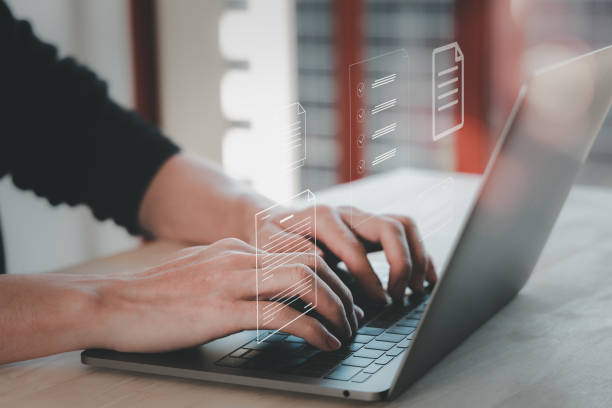What is Internal SEO and Why is it Important?
![]()
Internal SEO, or On-Page SEO, refers to the set of actions you take within your website to improve its ranking in Google search results and other search engines.
SEO is not limited to just link building and keywords. The importance of internal SEO lies in the fact that it helps search engines better understand the topic and content of your site’s pages, and as a result, shows your site to users who are looking for this information.
In other words, internal SEO helps you optimize your website for search engines.
Internal SEO (#On_Page_SEO) includes optimizing titles, meta descriptions, content, images, URL structure, internal links, and many other factors.
The stronger your site is in terms of internal SEO, the more likely it is to rank higher in search results.
Internal SEO is a fundamental pillar in search engine optimization, and ignoring it can render your efforts in other areas of SEO ineffective.
In fact, without a strong strategy in internal SEO, reaching top rankings in Google will be very difficult.
Are you frustrated by the low conversion rate of your online store?
Rasaweb, with its professional e-commerce website design, is your definitive solution!
✅ Increase your sales and revenue
✅ An unparalleled user experience for your customers
⚡ Get a free consultation now!
Keyword Research; The Cornerstone of Internal SEO

Keyword research is the first and most important step in internal SEO.
You need to know exactly what phrases users are using to search for information related to your business.
For this, you can use various tools such as Ahrefs, Keyword Tool, Google Keyword Planner, and SEMrush.
After identifying relevant keywords, you should prioritize them based on search volume, level of competition, and relevance to your business.
Keywords with high search volume usually have more competition, so it is better to consider a combination of high and low volume keywords in your SEO strategy.
Using keywords correctly in titles, meta descriptions, content, and site page URLs helps search engines better understand the topic of your pages, thereby improving your site’s ranking in search results.
An important point is to avoid overusing keywords, as this can lead to your site being penalized by Google.
Internal SEO requires comprehensive and targeted research to properly identify suitable keywords.
Optimizing Title and Meta Descriptions
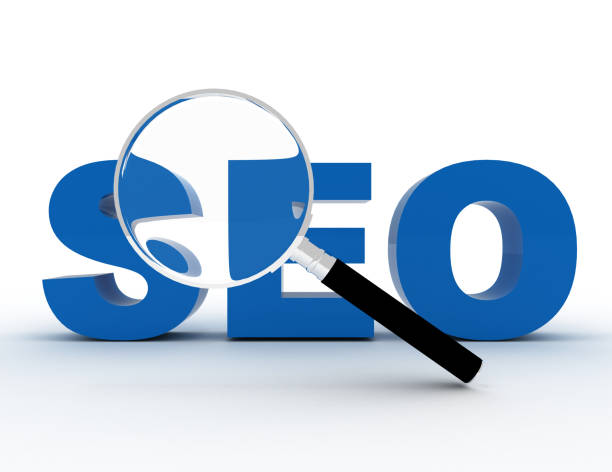
The Title Tag and Meta Description are two important elements in internal SEO that help search engines and users better understand the content of your page.
The page title should be short, engaging, and contain the page’s main keyword.
It is best for the title to be between 50 and 60 characters long so that it is fully displayed in search results.
The meta description should also be an attractive and concise summary of the page content and encourage the user to click.
The meta description should be between 150 and 160 characters long.
Using relevant keywords in the meta description can help improve your site’s ranking in search results.
Try to create unique titles and meta descriptions for each page of your site to avoid creating duplicate content.
Internal SEO allows you to increase your site’s click-through rate (CTR) and attract more traffic to your site by optimizing the title and meta descriptions.
| Element | Importance in Internal SEO | Recommendations |
|---|---|---|
| Page Title (Title Tag) | Very Important | Short, engaging, contains the main keyword, length between 50-60 characters |
| Meta Description | Important | Attractive and concise summary of the content, encourages user to click, length between 150-160 characters |
Content Optimization; The King of Internal SEO

Content is the most important factor in internal SEO.
High-quality, valuable, and relevant content to users’ needs can attract a lot of organic traffic to your site and improve your site’s ranking in search results.
Your content should answer users’ questions and needs, provide accurate and up-to-date information, and be easy to understand.
Use images, videos, and other multimedia elements to make your content more engaging.
Update your content regularly to always provide new and relevant information to users.
Use relevant keywords in your content, but avoid overdoing it.
Structure your content well and use headings, subheadings, paragraphs, and lists to better organize the content.
Internal linking also plays an important role in internal SEO.
By linking to related pages on your site, you help search engines better understand your site’s structure and direct users to other pages on your site.
Internal SEO, with its emphasis on producing excellent and optimized content, helps you attract your target audience and increase your website traffic.
Did you know that 94% of first impressions of a company are related to its website design?
Rasaweb, by providing professional corporate website design services, helps you create the best first impression.
✅ Create a professional and reliable image of your brand
✅ Easier attraction of potential customers and improved online position
⚡ Get a free consultation on corporate website design
Image Optimization; An Opportunity for Internal SEO

Image optimization is an important aspect of internal SEO that is often overlooked.
Images can play an important role in attracting users’ attention and improving user experience.
However, if images are not properly optimized, they can slow down your site’s loading speed and negatively impact your site’s ranking in search results.
To optimize images, you must first reduce the size of the images to increase your site’s loading speed.
Use appropriate formats such as JPEG for images with many colors and PNG for images with simple graphics.
Choose image file names with relevant keywords.
Use the Alt Text feature to describe images.
This feature helps search engines understand the content of images and, as a result, improves your site’s ranking in search results.
Alt Text should be short, accurate, and contain a relevant keyword.
Internal SEO, through image optimization, helps you attract more organic traffic to your site and improve the user experience.
URL Optimization; Search Engine-Friendly Addresses

Your site’s page URLs should be short, readable, and contain relevant keywords.
Long and complex URLs are not only unpleasant for users, but also make it difficult for search engines to understand the topic of the page.
Try to design your page URLs in a way that they are easy to remember and share.
Avoid using uppercase letters, numbers, and special characters in your URL.
Use a hyphen (-) instead of a space to separate words in the URL.
The URL should reflect the content of the page.
By optimizing your site’s page URLs, you help search engines better understand your site’s structure and improve your site’s ranking in search results.
Internal SEO, by optimizing the URL structure, provides a better user experience and increases organic traffic.
Internal Linking; Smart Navigation on the Site
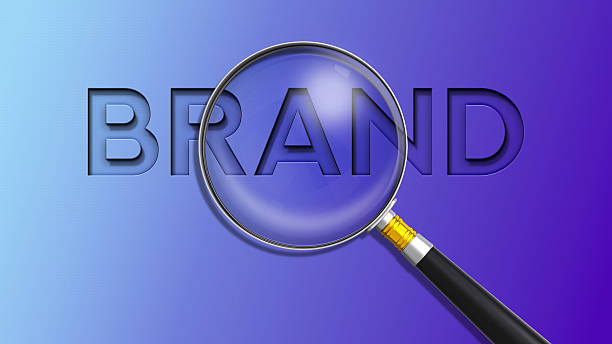
Internal linking means linking to other pages of your site from within different pages.
This helps search engines better understand your site’s structure and directs users to other pages on your site.
Internal linking can help improve your site’s ranking in search results and attract more organic traffic to your site.
Internal linking helps improve the user experience.
Internal links should be relevant to the content of the page and direct the user to relevant and useful pages.
Use appropriate Anchor Text for internal links.
The link text should be short, descriptive, and contain a relevant keyword.
Avoid linking to irrelevant and unrelated pages.
Internal SEO, by optimizing internal links, helps to improve the ranking of site pages in search results.
| Advantages | Descriptions |
|---|---|
| Improve Site Ranking | Helps search engines better understand the site’s structure. |
| Increase Traffic | Directs users to other pages on the site. |
| Improve User Experience | Directs users to relevant and useful pages. |
Site Loading Speed; A Critical Factor in Internal SEO

Site loading speed is one of the most important ranking factors in Google.
Users who enter your site expect your site pages to load quickly.
If your site loading speed is slow, users will quickly leave your site, and this can negatively impact your site’s ranking in search results.
To improve your site’s loading speed, you must first reduce the size of the images.
Use an optimized content management system (CMS).
Use quality hosting.
Use a content distribution network (CDN).
Use Gzip compression.
Optimize your HTML, CSS, and JavaScript code.
Use browser caching.
Internal SEO improves user experience by increasing website loading speed.
Did you know that poor online store design can drive away up to 70% of your potential customers? Resaweb transforms your sales with professional and user-friendly e-commerce website design.
✅ Significant increase in sales and revenue
✅ Full optimization for search engines and mobile
⚡ [Get a free consultation from Resaweb]
Responsive Design; Flawless Display on All Devices
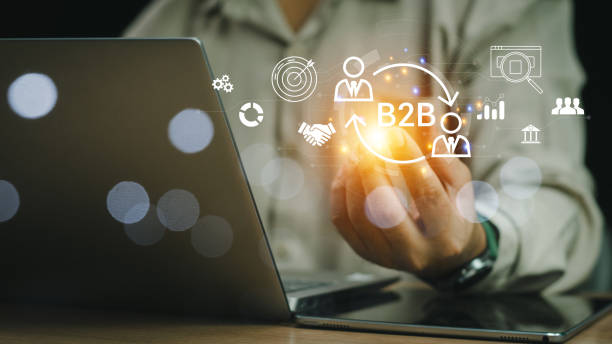
Responsive Design means designing a website in such a way that it automatically adapts to the screen size of different devices such as mobile, tablet, and desktop.
Google prioritizes sites that have responsive design.
If your site does not have responsive design, it may rank lower in search results.
To ensure that your site has responsive design, you can use Google’s Mobile-Friendly Test tool.
Internal SEO with responsive design provides a better user experience for users and helps improve the site’s ranking in search results.
Constant Content Updates; The Key to Longevity in Internal SEO
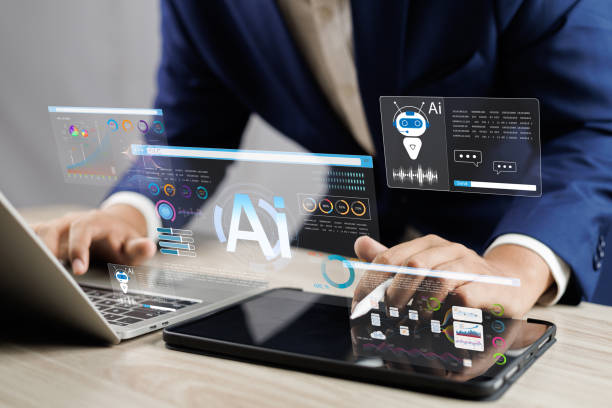
Constant content updates are an important factor in internal SEO.
Google prioritizes sites that regularly update their content.
Content updates mean adding new content, editing old content, and removing irrelevant content.
By constantly updating content, you show search engines that your site is active and dynamic and always provides new and relevant information to users.
To update content, you must first identify the old and irrelevant content on your site.
Then, add new and relevant content to your site.
Edit old content and add new information to it.
Remove irrelevant content from your site.
Internal SEO by constantly updating content gives users the feeling that your site is active and dynamic and provides new and relevant information.
Frequently Asked Questions
| Question | Answer |
|---|---|
| What is Internal SEO (On-Page SEO)? | It refers to the set of actions taken within the website to improve ranking in search engines. |
| Why is Internal SEO important? | Because it helps search engines better understand the content and structure of your site and improves user experience. |
| What are the most important elements of Internal SEO? | Title and meta descriptions, keywords, URL structure, quality content, image optimization, internal linking, and site speed. |
| How do we optimize the Title Tag and Meta Description? | The title should include the main keyword and be engaging, and the meta description should be an encouraging summary of the content with relevant keywords. |
| What is the role of keywords in Internal SEO? | Keywords tell search engines what the page content is about and should be used naturally and intelligently in the text. |
| How is image optimization performed for Internal SEO? | By compressing the size, using a descriptive file name, and filling the Alt tag with relevant descriptions and keywords. |
| What is Internal Linking and what is its application? | Connecting different pages of the site to each other. This helps distribute page authority and improve search engine crawling. |
| What is the importance of site loading speed in Internal SEO? | High speed improves user experience and is an important ranking factor for search engines like Google. |
| What effect does the site’s Mobile-Friendliness have on Internal SEO? | Due to the increase in mobile users, being responsive is essential to providing a suitable user experience on all devices and the priority of Google’s mobile index. |
| What are the important factors related to content in Internal SEO? | Originality, quality, comprehensiveness, readability, proper use of headings (H1, H2,…) and regular content updates. |
And other services of Rasa Web advertising agency in the field of advertising
Smart SEO: A dedicated service for increasing site visits based on intelligent data analysis.
Smart link building: A creative platform for improving digital branding with Google Ads management.
Intelligent Data Analysis: A novel service to increase SEO ranking through attractive user interface design.
Smart Sales Automation: An effective tool for managing campaigns by optimizing key pages.
Smart Custom Software: Transform campaign management with the help of intelligent data analysis.
And more than hundreds of other services in the field of internet advertising, advertising consulting and organizational solutions
Internet Advertising | Advertising Strategy | Advertorial
Resources
Internal SEO Training (On-Page SEO) | SEO Rooz
,What is Internal SEO (On-Page SEO)? Complete On Page SEO Guide + Checklist – Raya Marketing
,What is Internal SEO (On Page SEO)? Comprehensive Guide + 2024 Internal SEO Checklist – Farin Soft
,Complete Internal Site SEO Training in 2023 | On Page SEO
? Transform your business in the digital world with Rasaweb Afarin Digital Marketing Agency. We pave the way for your growth and success by providing comprehensive services including SEO, content marketing and multilingual website design. For free consultation and to learn more about our solutions, contact us today and shape the bright future of your business.
📍 Tehran, Mirdamad Street, next to Central Bank, South Kazerun Alley, Ramin Alley No. 6


